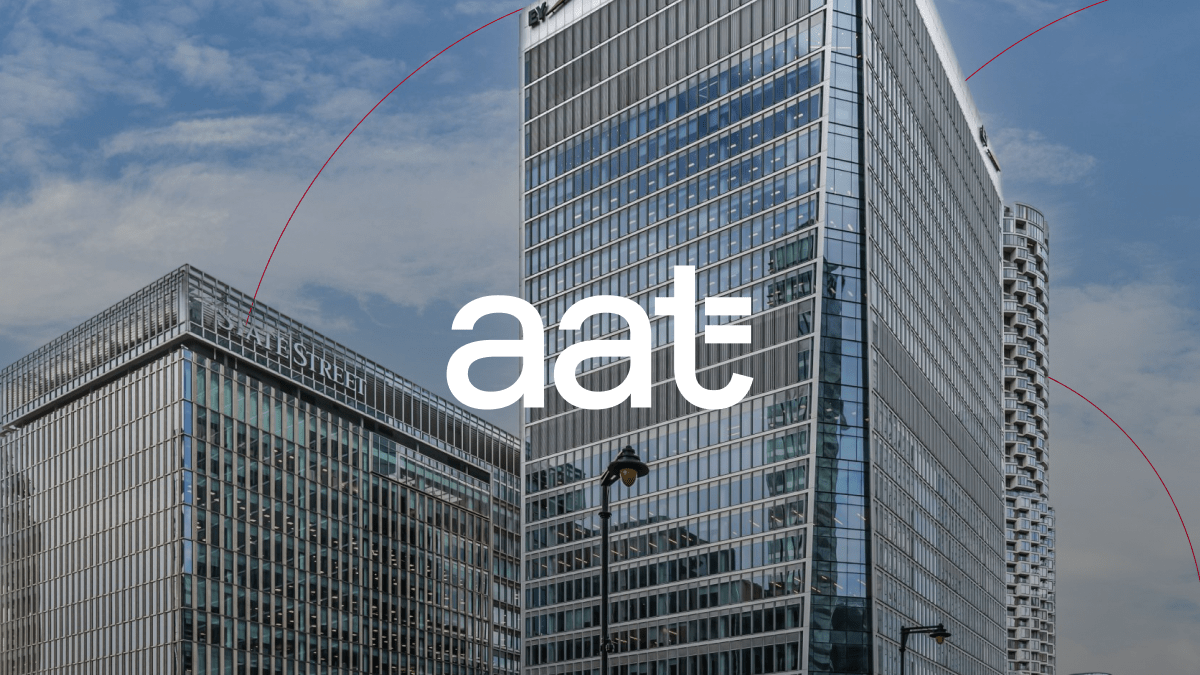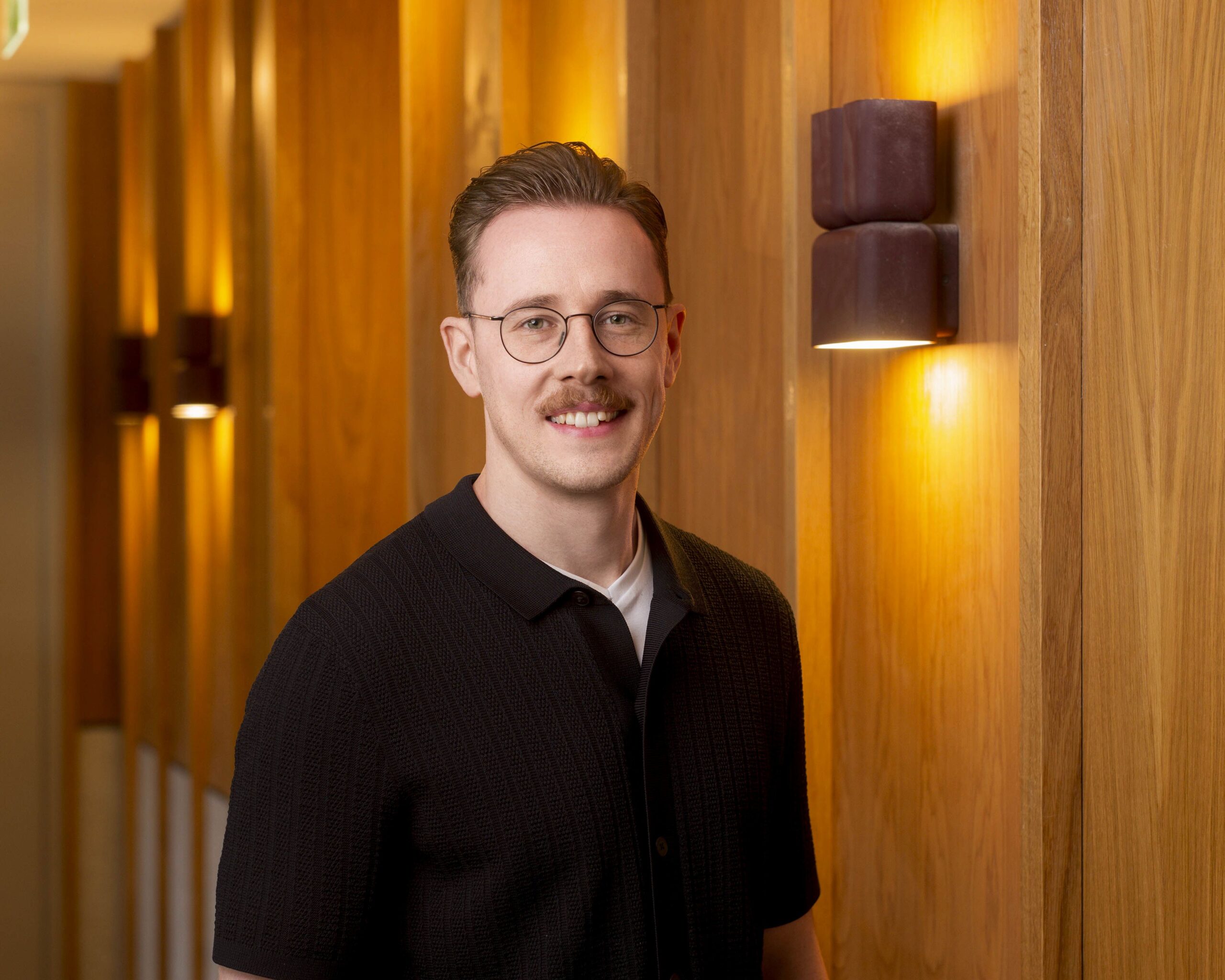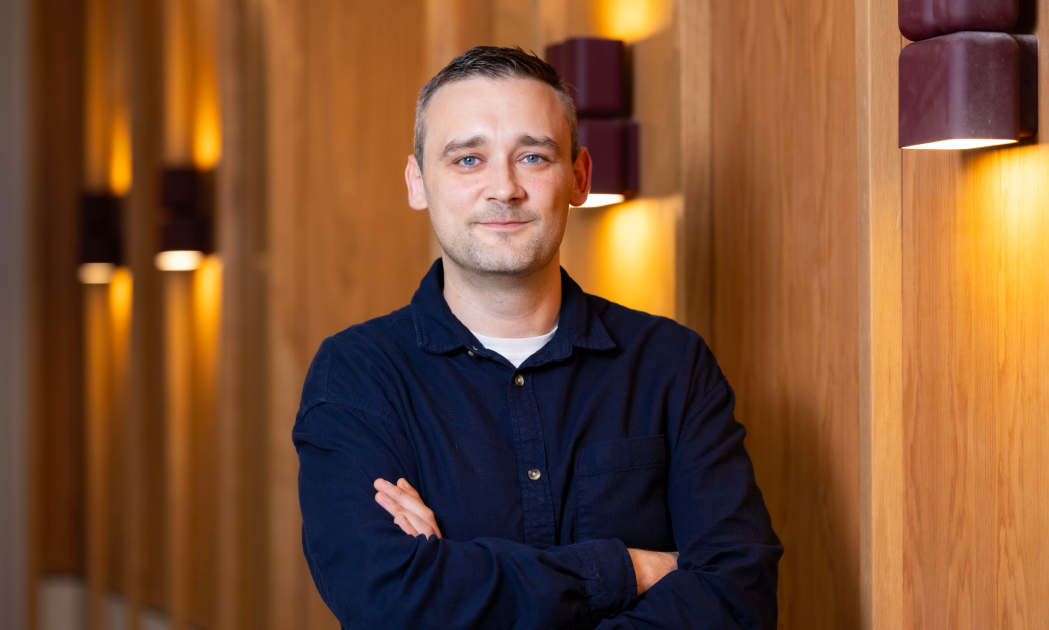In User Experience (UX) design, our goal isn’t just to create clean interfaces, it’s to make sure you and your users understand them. While we often use tools like wireframes, user flows, and prototypes to bring ideas to life, we know these can sometimes feel technical or unclear without the right context. That’s why clear communication is such a big part of how we work at Ergo. Whether you’re deeply familiar with User Experience (UX) or completely new to it, we’ll always explain the why behind our design choices, not just present the what. When we communicate openly, it reduces confusion, avoids delays, and helps us reach the right outcome together.
Bridging the UX knowledge gap
From my experience working with clients and technical experts at Ergo, I’ve come to understand that it’s unrealistic to expect everyone to be familiar with UX design principles, processes, or to approach problems the same way a designer might. That’s completely fair. Everyone has their own areas of expertise, whether that’s in business, development, or delivery. But it does mean that when we’re reviewing designs together, things that feel obvious to me can sometimes come across as unclear or unexpected. That’s why I place so much value on explaining the thinking behind each decision, like simplifying navigation to help users stay focused or showing fewer options to avoid overwhelming them. When we frame design decisions around how they support users, it not only brings clarity to the conversation, it builds trust, aligns us more closely, and helps everyone feel more confident in the direction we’re taking.
Avoiding design jargon
One thing that really helps is speaking in plain language. Instead of saying something like “We’re using progressive disclosure,” I’ll say, “We’re only showing these filters when users need them so it’s less overwhelming.” It’s simpler and easier to understand.
We want our clients to be deeply involved in the process, rather than feeling like we’re speaking a different language. By using simple language, we ensure that everyone can get involved in the design process no matter their area of expertise or understanding of design jargon. This helps the whole team maintain a focus on the business objectives and user experience.
Showing the full user experience
Looking at one screen on its own can raise a lot of questions. Things like, “Where did the user come from?” or “What happens if they click that button?” come up all the time. That’s why I try to avoid showing designs in isolation. Instead, I build short click-through flows in Figma so clients can follow the full user journey, step by step.
During workshops, we walk through these flows together. We highlight what the user is trying to achieve at each stage, what they might be thinking or feeling, and how the design supports that experience. Whether it’s helping someone find key information quickly or reducing friction at a critical point in the process, we always try to show how the design supports real user goals and behaviours in context. Even a basic prototype makes a huge difference. It helps turn abstract ideas into something concrete and lets clients experience the product from the user’s perspective. It also shifts the focus of the conversation from how a screen looks to how it works and that’s where the most valuable feedback usually comes from.
Using relatable examples
When design starts to feel a bit technical or abstract, I’ve found that using simple comparisons can make things much clearer. For example, I might describe a dashboard as being like a train station departure board designed for quick glances so people can get the most important information fast. Or I’ll compare navigating an application to walking through a supermarket: the essentials, like milk and bread, are clearly signposted and easy to grab, while less-used items are tucked further away. In the same way, we might keep the most important links prominent on a homepage, while placing rarely used content inside a menu. These kinds of analogies help take the guesswork out of design conversations. They connect our work to real-world experiences, making it easier to explain decisions and focus on what matters most to users.
Communicating with development
At Ergo, communication and collaboration between designers and developers is a crucial part of how we work. From early concepts to final builds, we stay in close contact to make sure that what’s being designed is realistic, practical, and aligned with how the product will actually be built. This back-and-forth helps us spot challenges early, make smarter decisions, and avoid surprises later. It also means we can explain how certain design choices work technically, giving you a clearer picture of what’s possible and what’s best for your users.

UX Design is a team effort
One of the most rewarding parts of the job is seeing clients become more focused and empathetic to their users. On a recent project, a client went from saying things like “It looks nice” to asking questions like “Would a first-time user know what to do here?” That shift didn’t happen instantly, it came from walking them through our design decisions, clearly communicating how each affects the user experience and actively involving them in those decisions.
I’ve come to understand that this is crucial to a successful outcome, clients understand their business and their users better than we ever will so its key that they get involved deeply in the design process. When we involve clients in our workshops we make better decisions, we get more useful feedback, and they feel ownership over the outcome.
Conclusion
Working in UX at Ergo has shown me that clear communication is just as important as good design. It’s a crucial part of a UX designer’s skillset. We understand how important it is to capture and visualise your ideas clearly so that we can share the project goals and user expectations with the whole team. That helps make sure everyone is on the same page, and that a strong user experience stays at the heart of the application from start to finish.







